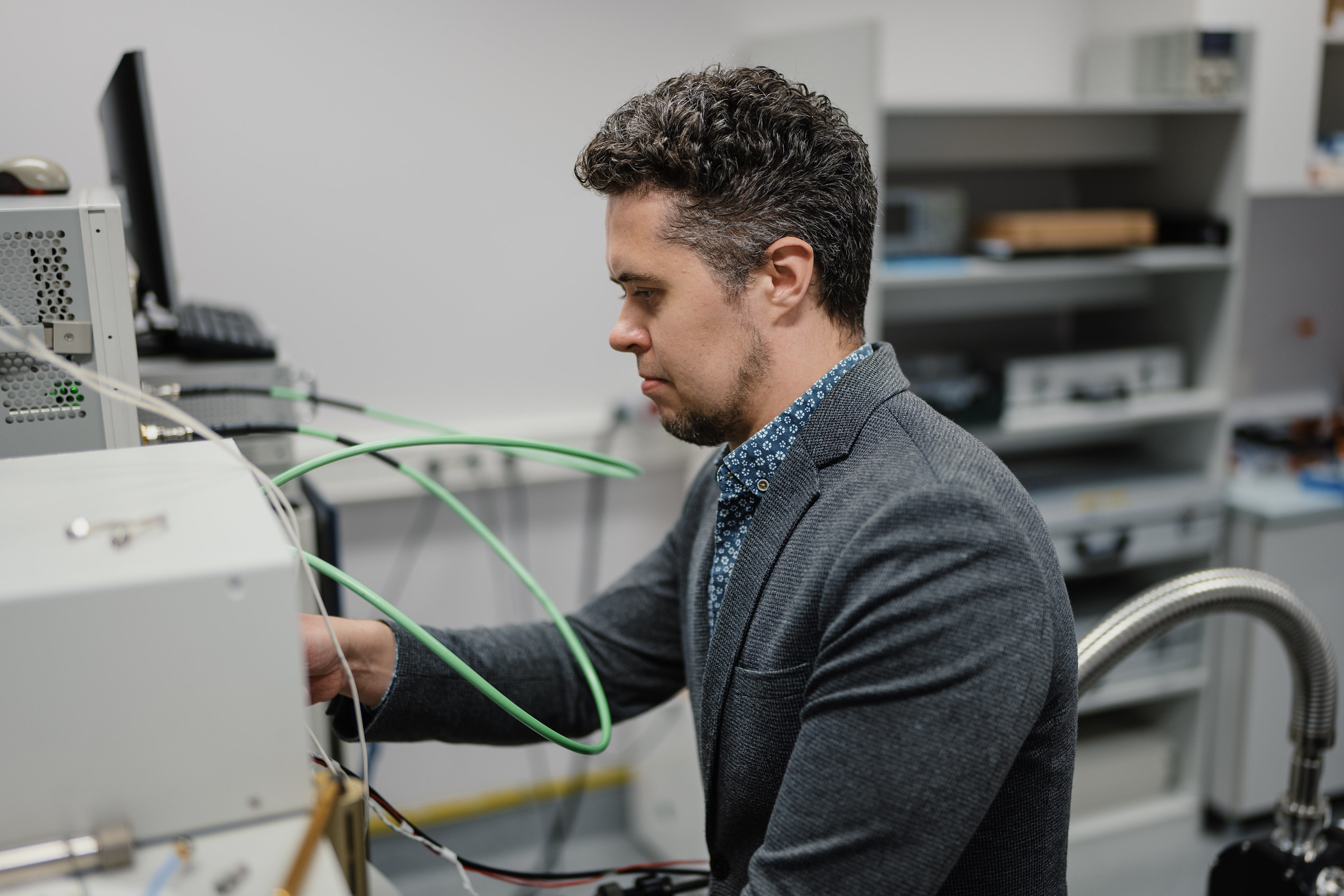Digital tools can make agriculture more environmentally sustainable

Small robots can move under the canopy to perform tasks such as fertilizer application, seeding, diagnostics and mechanical weeding. Author: University of Illinois
Agricultural producers face the dual challenge of increasing production volumes for a growing world population while simultaneously reducing the negative impact on the environment. Digital technology and artificial intelligence can facilitate sustainable production, but farmers must weigh the opportunities and risks when deciding whether to use such tools.
In the new Economics of agriculture article, scientists at the University of Illinois offer a research methodology measure the willingness of producers to adopt new technologies related to digital agriculture.
The paper describes some of the sustainability challenges facing U.S. agriculture and why it is difficult to solve these challenges with conventional technologies, explains Madhu Khanna, Distinguished Professor of Agricultural and Consumer Economics (ACE) and Director of the Institute for Sustainability, Energy and Environment (iSEE) at the U of I.
“Digital and artificial intelligence technologies can play a role in moving us towards a more sustainable future, but there are barriers to their use,” says Khanna. “Farmers tend to be cautious about adopting new technologies until the benefits are well demonstrated and the uncertainties are reduced, and they see their neighbors and other colleagues following suit.”
Among the authors of the article are economists, engineers, computer scientists and environmental scientists. All are part of the Center for Digital Agriculture (CDA) and the USDA National Institute of Food and Agriculture/National Science Foundation AIFARMS Institute at the University of I. The goal of these projects is to advance the application artificial intelligence to the future of sustainable agriculture.
Digital technologies can collect large amounts of information and offer site-specific management recommendations, helping to improve production efficiency and reduce environmental damage. For example, precision irrigation systems can monitor crop and soil conditions to provide location-specific irrigation. Artificial intelligence can provide information on crop status and soil fertility to help adjust application rates and reduce nitrogen runoff.
Digital technology can also help address farm labor shortages. Small robots that move under the canopy can apply spot-specific fertilizers, seeding, diagnostics and mechanical weeding to reduce pesticide use. Under-canopy robots can also sow cover crops in between rows, helping to improve soil health.
While these innovative tools can provide benefits such as reduced costs and increased productivity, they also require upfront investment and farmers must acquire new skills and knowledge to manage them. Many digital technologies are still in the early stages of development and immediate results may not be obvious. There are limited programs to reward farmers for the ecosystem services they provide, and often not enough to cover the costs of adoption, the researchers say.
“Existing research shows that in addition to economic factors, behavioral factors play a large role in technology adoption. Although something may look profitable, there are often hidden costs or hidden barriers, such as concern about risk or how long it may take to get a payback. It’s important to consider all of these behavioral factors when we think about implementing these new technologies,” says Khanna.
While other studies focus on technology adoption that has already occurred, Hanna and co-authors propose a new approach that allows researchers to predict adoption readiness based on dynamic analysis.
“We recommend combining survey-based methods with spatial and temporal computer modeling techniques, where we can model the impact of adoption decisions on the ecosystem. It allows us to capture feedback between decisions today and environmental outcomes tomorrow, which then affects subsequent decisions,” says Shadi Atallah, ACE associate professor and co-author of the paper.
“For example, managing herbicide resistance in the long term with non-chemical weeding robots shows how dynamic costs and benefits are. The results are affected by the decisions farmers make, as well as the decisions their neighbors make,” Atala adds.
For the survey, farmers are offered choice cards that describe different scenarios—what neighbors are doing, weed levels, cost of technology, and other factors. Each participant receives a set of cards with different combinations. The survey data are then combined with agent-based modeling that captures individual differences at the farmer level rather than the population level. Computer simulations then simulate the dynamic effects of farmers’ decisions in these different scenarios over time.
“In a nutshell, we are advocating a move away from static analysis to a more spatially dynamic analysis of adoption, and we are conducting computational experiments on how policy will affect the adoption of technologies for more sustainable agriculture,” concludes Atala.
The researchers are currently conducting a study on the adoption of new technologies for cover crops using a random sample of farmers.
Additional information:
Madhu Khan and others. Digital Transformation for Sustainable Agriculture in the United States: Opportunities and Challenges Economics of agriculture (2022). DOI: 10.1111/agec.12733
Citation: Digital tools can make agriculture more environmentally sustainable (2022, November 21) Retrieved November 21, 2022, from https://phys.org/news/2022-11-digital-tools-agriculture-environmentally-sustainable.html
This document is subject to copyright. Except in good faith for the purpose of private study or research, no part may be reproduced without written permission. The content is provided for informational purposes only.
https://phys.org/news/2022-11-digital-tools-agriculture-environmentally-sustainable.html Digital tools can make agriculture more environmentally sustainable





